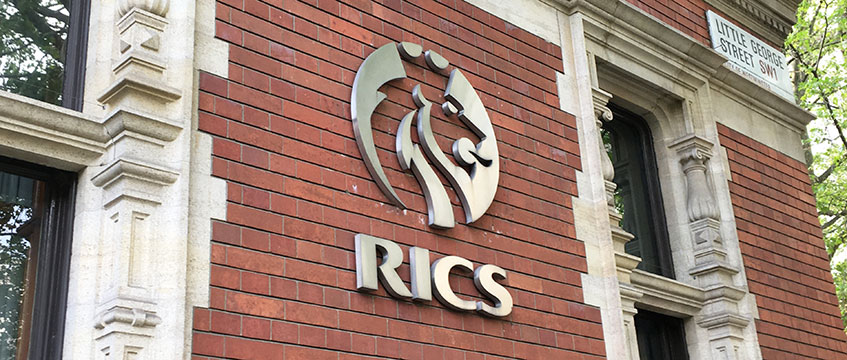Commercial property facing ‘renewed downturn’, says RICS
The UK commercial property market is facing a renewed downturn, according to RICS, as interest rate rises and sparse credit continue to stifle the market.
The Royal Institution of Chartered Surveyors Q2 UK Commercial Property Monitor found that 68% of respondents feel that the market is in downturn.
It reported that credit conditions, at the weakest level since records began in Q3 2014, are holding back investment.
The UK commercial property market is facing a renewed downturn, according to RICS, as interest rate rises and sparse credit continue to stifle the market.
The Royal Institution of Chartered Surveyors Q2 UK Commercial Property Monitor found that 68% of respondents feel that the market is in downturn.
It reported that credit conditions, at the weakest level since records began in Q3 2014, are holding back investment.
Investment demand posted a net balance reading of -22% in Q2, marking a renewed decline in sentiment following the -14% reported in Q1.
This is even more pronounced for the office and retail sectors, where net balances fell to -34%.
The investment picture is” considerably less gloomy” for the industrial sector, which posted a flat-to-marginally negative figure of -2%.
Tarrant Parsons, senior economist at the RICS, said: “The stubbornness of UK inflation over recent months has once again shifted the outlook for monetary policy, with further interest rate hikes from the Bank of England now priced-in across financial markets. This has, almost inevitably, impacted sentiment within the commercial property market, as higher borrowing costs weigh on investor demand and place renewed pressure on capital values.”
The RICS added that there were “signs of resilience”, particularly in industrial property, prime office space in certain locations, and some alternative asset classes, such as student housing.
Rents and rent projections for prime offices continue to outperform those for secondary sites across the UK. The report said a balance of +22 expected increases for prime, while -47 expected the same for secondary over the next 12 months.
The RICS said the environmental performance of buildings and energy efficiency regulations were increasingly being mentioned by respondents “as having a big influence on this”. Central London displayed the widest gap between prime and secondary office markets.
Respondents expected that industrial rents would rise over the year ahead while retail would fall.
However, overall tenant demand fell in the quarter, with the net balance -10%, down from -3% in Q1.
Tenant demand fell across office and retail sectors as a whole, with net balances of -21% and -26%, respectively. Tenant demand for the industrial sector, however, remained positive, with a net reading of +10%.
Parsons added: “This week’s UK government announcement on loosening regulations surrounding the conversion of certain types of commercial property into residential use could encourage investment opportunities. If carried out to a suitable standard, these types of conversions have the potential to reduce the overhang of vacant retail space and provide much needed housing in central locations. However, while these measures could prove beneficial at the margins, given the scale of the challenges around housing supply and unused retail premises, they are unlikely (on their own) to be sufficient to fix the deeper market issues.”
To send feedback, e-mail piers.wehner@eg.co.uk or tweet @PiersWehner or @EGPropertyNews











